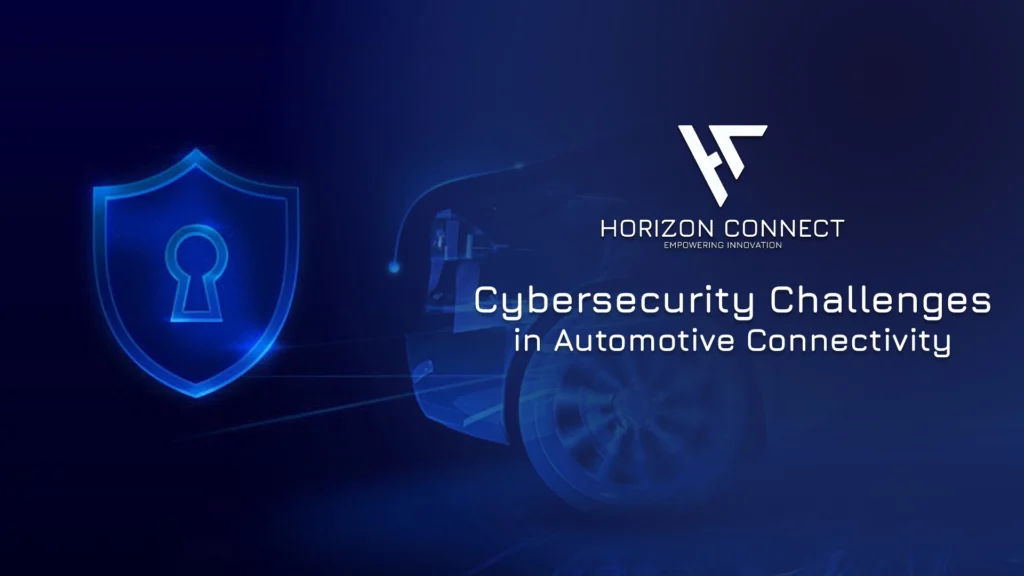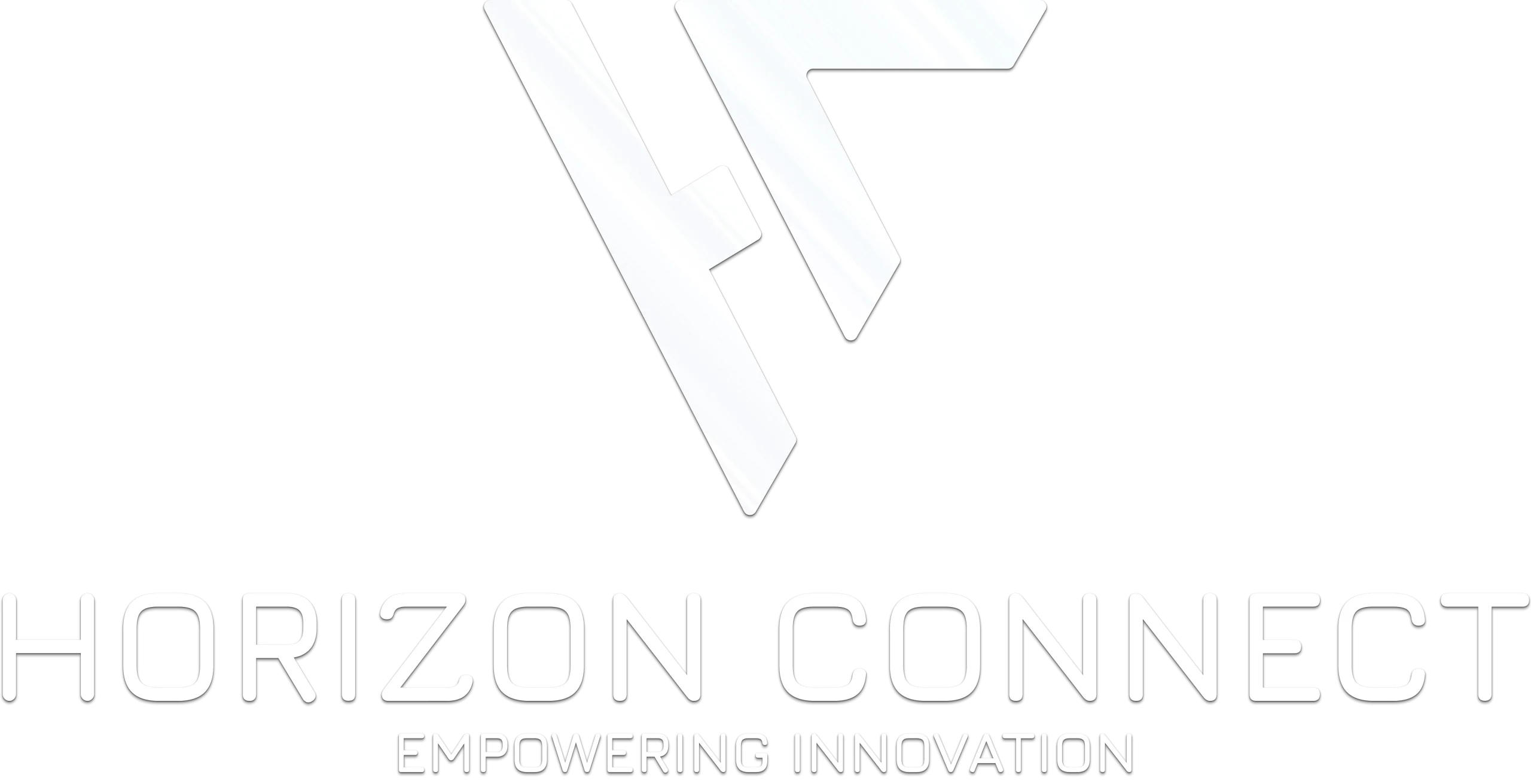The rise of connected vehicles has revolutionized the automotive industry, enabling real-time data exchange, enhanced navigation, and smart vehicle-to-everything (V2X) communication. However, with these advancements come significant cybersecurity challenges in automotive connectivity that can threaten vehicle safety and user privacy. As vehicles become more connected, they are also becoming more vulnerable to cyberattacks, making cybersecurity a top priority for automakers and technology providers.
About Automotive Connectivity
Automotive connectivity refers to the integration of internet and communication technologies within vehicles. This connectivity enables various advanced features, such as in-car infotainment, remote diagnostics, and over-the-air (OTA) updates. More importantly, it allows vehicles to communicate with other cars, infrastructure, and cloud systems, forming a complex network of interconnected devices, commonly known as the Internet of Vehicles (IoV).
However, this level of connectivity opens up a broader attack surface for hackers, making connected cars a prime target for cyber threats. As the industry moves toward autonomous driving and smart mobility, addressing these security issues is more critical than ever.
Key Cybersecurity Challenges in Automotive Connectivity:
- Vehicle-to-Everything (V2X) Communication Vulnerabilities: V2X technology allows vehicles to communicate with infrastructure (V2I), other vehicles (V2V), and even pedestrians (V2P). While this enhances road safety and traffic management, it also increases the risk of cyberattacks. Hackers could potentially intercept or alter V2X signals, leading to false traffic alerts or manipulated vehicle behavior.
- Data Privacy Concerns: Connected vehicles generate and transmit vast amounts of data, including driver behavior, location, and even biometric data. If these data points are not sufficiently protected, they can be accessed and exploited by malicious actors. Data privacy is a key challenge for manufacturers, requiring strong encryption and compliance with data protection regulations.
- Over-the-Air (OTA) Updates Risks: OTA updates allow manufacturers to remotely update vehicle software, fix bugs, and introduce new features. While convenient, OTA updates can also be a potential entry point for hackers if not properly secured. A compromised update can give attackers access to critical vehicle systems.
- Insecure Third-Party Applications: Many connected cars rely on third-party apps and services for navigation, infotainment, and diagnostics. If these apps are not secure, they can be a backdoor for hackers to access vehicle systems. Ensuring that third-party integrations meet high-security standards is crucial.
- Complexity of Connected Systems: Modern vehicles have numerous interconnected components and systems, including the infotainment unit, telematics control unit, and electronic control units (ECUs). This complexity makes it challenging to monitor and secure all points of entry. A breach in one system can quickly spread to others, compromising the entire vehicle.

Strategies for Enhancing Automotive Cybersecurity
- Implementing Robust Encryption Protocols: Encryption is crucial in protecting the data transmitted between vehicles, infrastructure, and cloud systems. Using strong encryption standards ensures that even if data is intercepted, it remains unreadable to unauthorized parties.
- Secure OTA Update Mechanisms: Ensuring that OTA updates are delivered through secure channels, with proper authentication and validation, is essential to prevent malicious code from entering vehicle systems. Automakers must also implement mechanisms to rollback updates in case of an issue.
- Regular Penetration Testing and Vulnerability Assessments: Conducting regular security testing helps identify potential vulnerabilities in connected car systems before they can be exploited. Automakers should perform penetration testing and adopt a proactive approach to cybersecurity.
- Collaborative Industry Efforts: Automotive cybersecurity is not the responsibility of a single entity. Manufacturers, technology providers, and regulators must work together to establish security standards and share threat intelligence to keep connected vehicles secure.
- User Education and Awareness: Educating drivers about the importance of cybersecurity and the potential risks of using unsecured devices or apps in their vehicles can significantly reduce the likelihood of security breaches.
The Role of Horizon Connect in Automotive Cybersecurity
Horizon Connect is committed to providing cutting-edge solutions that prioritize cybersecurity in automotive connectivity. With a focus on advanced encryption, secure communication protocols, and proactive threat detection, we aim to safeguard connected vehicles against potential cyber threats. By collaborating with industry partners, we are helping to set new standards for automotive cybersecurity and ensure the safety and security of all road users.
Conclusion
As automotive connectivity continues to evolve, so do the cybersecurity challenges associated with it. Addressing these issues requires a combination of robust technology, industry collaboration, and a proactive approach to security. By implementing strong security measures, the automotive industry can unlock the full potential of connected vehicles while keeping users safe.


